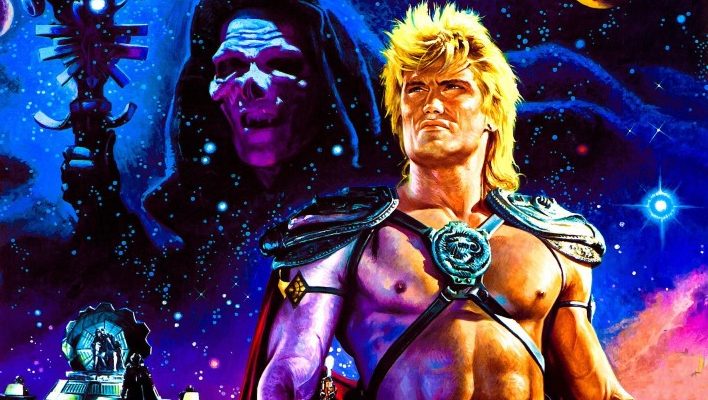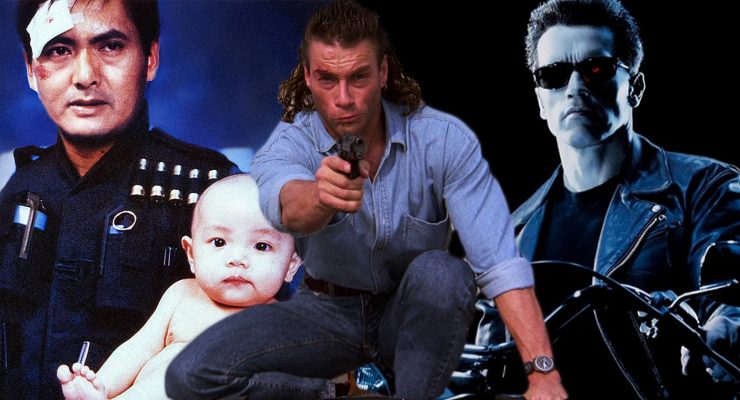EJ Moreno looks at the U.S. remake of The Ring on its 20th anniversary…
Maybe it’s the millennial in me, but there are not many movies from my formative years that hit as hard as The Ring. This gnarly remake of the 1998 Japanese Ringu came at an important time for me. It was the sleep-over movie when it came out in Blockbuster, the scares stuck with me, and it was one of the first times I remember being impacted by a genre film.
You felt the atmosphere and sense of dread, even if you were a younger viewer. The Ring teaches you how tone can affect you and how a movie is sometimes more than just a movie. Long time fears were born from the gnarly tape shown in the film, and we all remember that one jump scare that’s seared into our brains. The Ring enters your brain and becomes part of your horror DNA.
Films like this are typical for every cinephile, and plenty of horror fans love The Ring. But it’s not just an individual experience; this early 00s horror film shifted the genre in a way we still see today. The double combo of this and Saw a few years later would truly shape the genre till just a few years ago. But not even Saw could do what The Ring did for horror. A remake of a Japanese horror film made filmmakers change how they build scares and approach remakes, and it gave way to a type of movie that’s just now falling out of style twenty years later.
For anyone still too afraid to admit it, Gore Verbinski’s The Ring is probably the most influential film of the 2000s.
Coming off of Scream, it’s safe to say that honest scares weren’t always on top of horror filmmakers’ minds. Sure, they wanted great kills and great memorable tense scenes, but lingering terror wasn’t the motive for the 90s and early 00s in horror. Well, that is for most American horror films; other countries, on the other hand, wanted to terrify you to your core. Japan in the late 90s and early 00s was a hot spot for that type of horror movie, and the 1998’s Ringu was a leader of that pack.
Ringu is easily described as unnerving. The film doesn’t hold back, filling you with dread, but leaves much of the terror in the audience’s imagination. We also see a movement away from realism and lovingly diving into supernatural aspects, which both J-Horror and American horror need now. There was plenty of focus on authenticity and the brutality that came with it, but Ringu stripped all that back and gave a classic ghost story.
The same goes for 2002’s The Ring, where director Gore Verbinski translated the best of the Japanese original for his film. Here, we see Naomi Watts as our lead character, and she’s trying to balance her strange child with the mystery of the killer tape. The setup is simple, allowing the mystery to keep unravelling in different and more intense layers. It retains the reporter trying to uncover the tape’s mystery while they face the clock as they’ll die in seven days. You’re so entrenched in the tense drama that you forget the kill count for the movie isn’t that high.
See, in this film, the looming death of Watts’ Rachel Keller and later her son is what fuels the terror. We’re coming off the late run of slashers and soon entering the torture porn era; this type of subtle horror shouldn’t have worked so well. But we see that a few well-placed jump scares and some horrific atmosphere can keep viewers just as hooked as piles of bodies. From here, horror would try to find its voice and style in the 00s, but it would settle on everything this film set up.
Looking at the influx of Japanese remakes and supernatural horror films after this movie, it’s easy to see how many studios and filmmakers saw the opportunities presented here. No more fighting with the MPAA over gore, no more backlash for the “shock of it all,” you could make horror that scared viewers and showed them very little.
The Ring would inspire hit films like Insidious, Paranormal Activity, and countless other supernatural-focused horrors. Even after the fad of gory romps like Hostel and Saw ended, studios were still churning out these moderate-priced ghostly entries. Looking back at the 2000s and even most of the 2010s, you can see The Ring ushered in the craze of haunted houses, evil ghost girls, and jump scare-heavy movies.

The topic of horror remakes is still something that gets the internet riled up. The best route to take when translating the material is often a discussion point, and The Ring serves as the best example of what to do.
Not many people can argue against The Ring being a solid adaptation of Japanese to American work; it keeps the core story, tone, and overall style but focuses the narrative on being more cohesive. Usually, in these cases, we see the remake directors and writers never know what works for the original, but it seems like all involved respected what Ringu tried but knew there was a sleeker way of telling the story.
Sadly, not many American J-Horror remakes could keep up with the bar this film set. 2004’s The Grudge does get close, especially regarding the film’s more bizarre concepts, but even that lacks the weight The Ring possessed. But that’s not always the case; movies like Don’t Look Up, Pulse, and One Missed Call show how bad you can mess this up.
The Ring also serves as a superior remake outside of just Japanese adaptations. When crafting lists of the “Best Horror Remakes Ever,” it’s fair to say The Ring easily stands next to projects like John Carpenter’s The Thing and Evil Dead 2013. It’s hard to make a remake feel like there’s a point for existing, and that’s the biggest hurdle any of them face.
Sometimes you want to fix some wrongs made in the original, sometimes, you want to update the story, and sometimes you want to bring the story to e new audience. Wildly, The Ring checks all those boxes off a list and gives you plenty of reasons to be thankful it exists.
How many ghost stories have you sat through in the past twenty years? If it’s big mainstream films like The Conjuring or Netflix smashes like The Haunting of Hill House, the type of haunted family stories were everywhere for the last two decades. Not saying The Ring invented gothic ghost stories; no, these date back as far as William Castle and Hammer Horror, but it is safe to say modern audiences were reintroduced to this style of film due to the 2002 horror film. Hell, even the Dark Castle films at the time were going for gory and in-your-face style horror.
The Ring shifted the genre down a path; it’s more about mood and tension than gaudy scares. Around this time, we are seeing The Grudge, Dark Water, Shutter, The Eye, and Identity push for mysteries alongside the creepy moments. And only a few years later, the rise of ghosts and paranormal haunts took over with Paranormal Activity using its micro-budget to craft the biggest scares.
From France to Japan and America, horror went through its edgy and shocking phase during the 00s. These movies had to battle it out with the release of ultra-violent films. For every haunted cinema during 2007, we’d see five more gore-focused horror movies dropped. But while those went out by the early 2010s, we’d still see haunted horror dominate at the box office and with critics.
We’d also see the studio go back to The Ring well a few times: The Ring Two (2005) and Rings (2017). Neither film captured the magic of the first entry, relying on tricks from other franchises than what made the originals so good.
2002 is a solid year for horror in general. Alongside The Ring, we saw 28 Days Later, Cabin Fever, Blade II, and Resident Evil receive massive success. The genre was strong at the time, but none made the lasting impression as the spooky and stellar Gore Verbinski film.
We saw a shift in horror that only A24 and the “elevated horror” movement could’ve stopped. If you’re looking to revisit something during the spooky season, you can do much worse than The Ring.
The Ring (2002) is currently streaming on Paramount+.
EJ Moreno


















